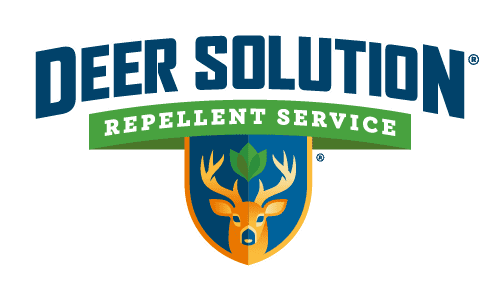Gardeners and property owners often find themselves in a perpetual battle to protect their beloved plants from the foraging habits of deer. Among the many plants that garden enthusiasts cherish are daffodils, known for their vibrant yellow blooms that herald the arrival of spring. The question that frequently arises is whether these emblematic flowers are at risk of being devoured by deer. To address this concern, we delve into the relationship between deer and daffodils.
Understanding Deer Dietary Habits
Understanding the dietary needs and habits of deer is crucial in this context. As herbivorous ruminants, deer exclusively consume plant matter, which they later regurgitate and re-chew to aid in digestion. Their diet is varied, including a mix of woody and herbaceous plants, which provides the necessary nutrients to maintain their health.
Deer are known to be browsers, feeding on a range of plant parts such as buds, twigs, green shoots, and foliage. They have a preference for plants that are palatable and easy to digest. Flowers, fruits, and vegetables are often targeted by deer because they tend to be more nutritious and easier to digest than tougher, woodier plants. Given these preferences, it’s important to determine the position of daffodils in the deer dietary hierarchy.
Deer and Daffodils
Daffodil enthusiasts can breathe a sigh of relief knowing that these flowers are generally not favored by deer. The reason for this is that daffodils contain toxic, unpalatable chemicals that act as a natural defense mechanism against herbivores. The bulbs and stems of daffodils are laced with poisonous alkaloids that, when ingested, can lead to symptoms such as stomach pain, vomiting, trembling, and breathing difficulties. In essence, daffodils are highly unpleasant for deer to consume. Over time, deer have evolved to recognize that daffodils are not a suitable food source and typically avoid them.
However, deer are not always selective eaters, especially under conditions of scarcity. During the winter months, when food is less abundant, deer might be tempted to sample daffodils out of desperation or curiosity. Usually, a small taste is enough for them to realize that daffodils are not an acceptable addition to their diet. Furthermore, the early stages of daffodil growth in the spring can be misleading, as the shoots may seem tempting before the plant’s toxins have fully developed, occasionally leading deer to investigate with a bite.
While daffodils themselves are effective in deterring deer, the plants surrounding them may still be at risk. Deer, driven by hunger, may simply ignore the toxic daffodils and instead target other more palatable plants such as tulips, crocuses, or emerging perennials in the vicinity.
Creating Deer-Resistant Landscapes
In designing landscapes that coexist with local wildlife, it is essential to take into account the behavioral patterns of deer and the characteristics of different plants. Daffodils serve as a natural deterrent due to their toxicity, but incorporating additional unappealing plants can enhance the overall resilience of the landscape. Strategically pairing daffodils with other deer-resistant plants like lavender, rosemary, dianthus, or sage can create a more comprehensive defense against deer. Moreover, implementing deterrent strategies such as motion-activated sprinklers, repellent sprays, or lighting can offer additional layers of protection for your garden.
In the pursuit of sustainable landscaping solutions, it is worth considering the specialized services provided by companies like Deer Solution. These professionals offer support that aligns with maintaining the aesthetic and health of your landscape without resorting to fences or harsh chemical deterrents. Their eco-friendly repellent spraying service is a thoughtful complement to traditional gardening practices, ensuring that your garden remains a serene sanctuary for both you and the surrounding wildlife.
By taking a holistic approach to garden design and employing a combination of plant selection and deterrent techniques, property owners can create beautiful, deer-resistant landscapes. The key is to understand the dietary preferences of deer and to use this knowledge to our advantage, creating gardens that are both visually stunning and resilient against the foraging habits of these graceful yet often troublesome creatures.








